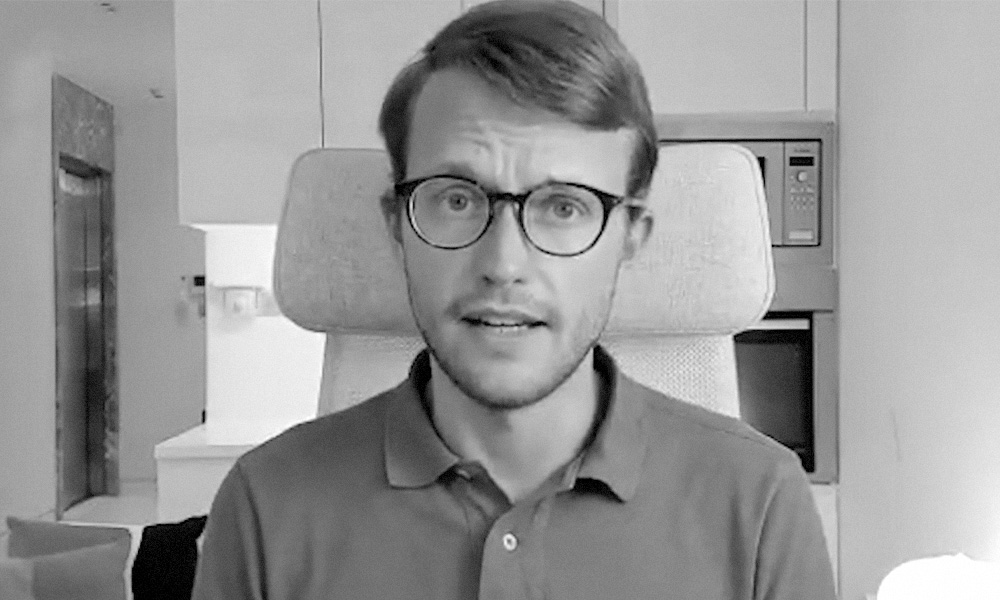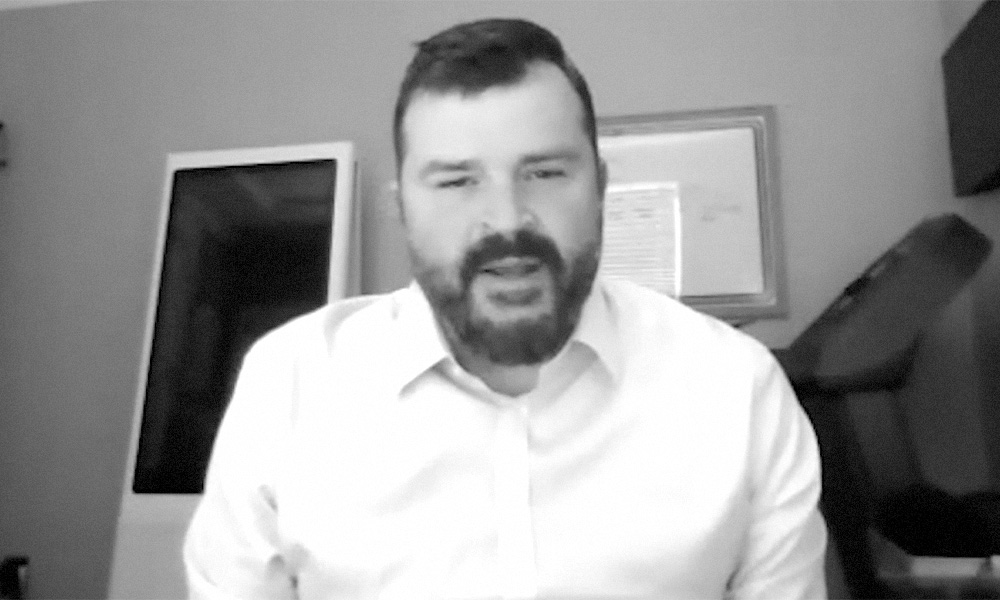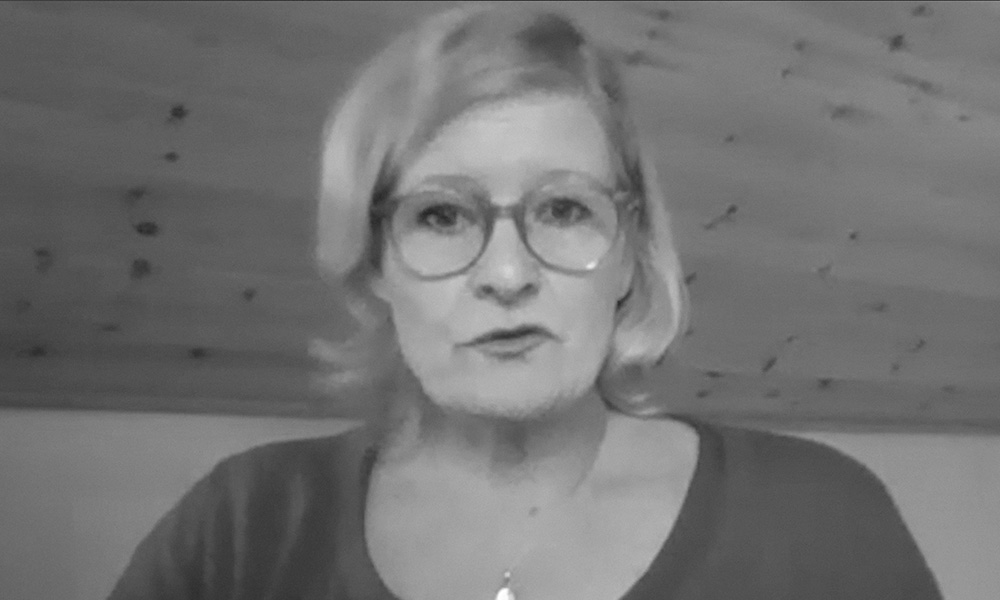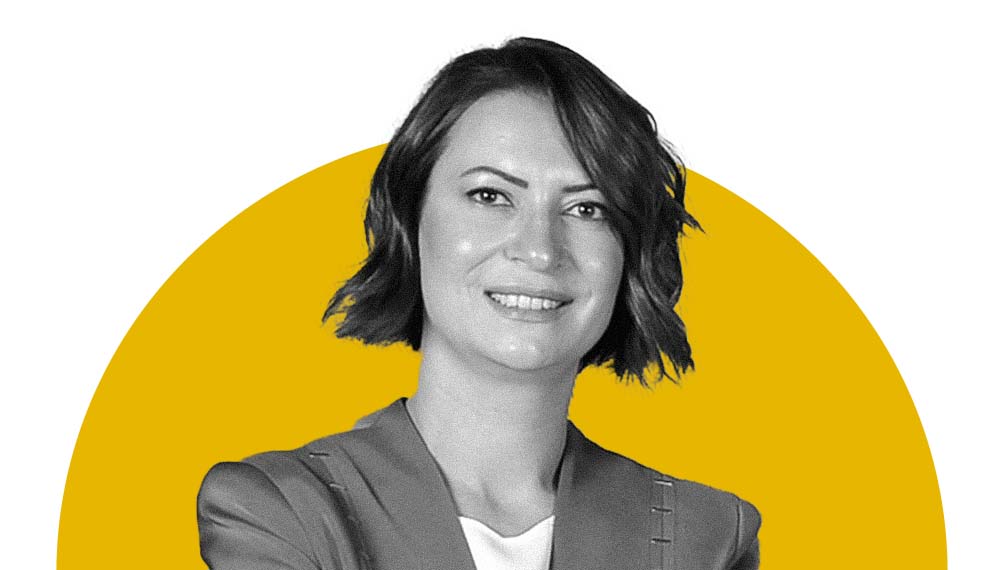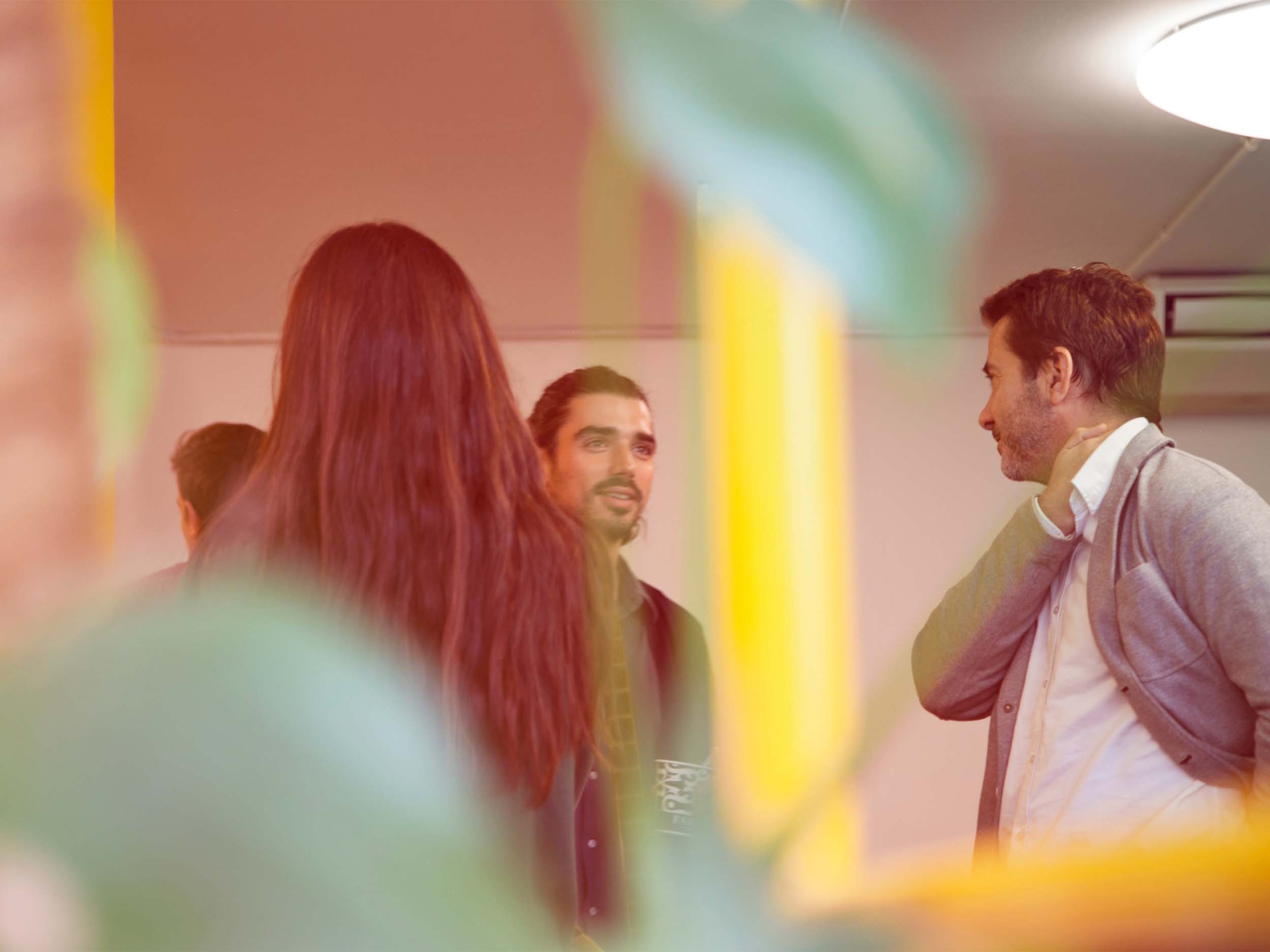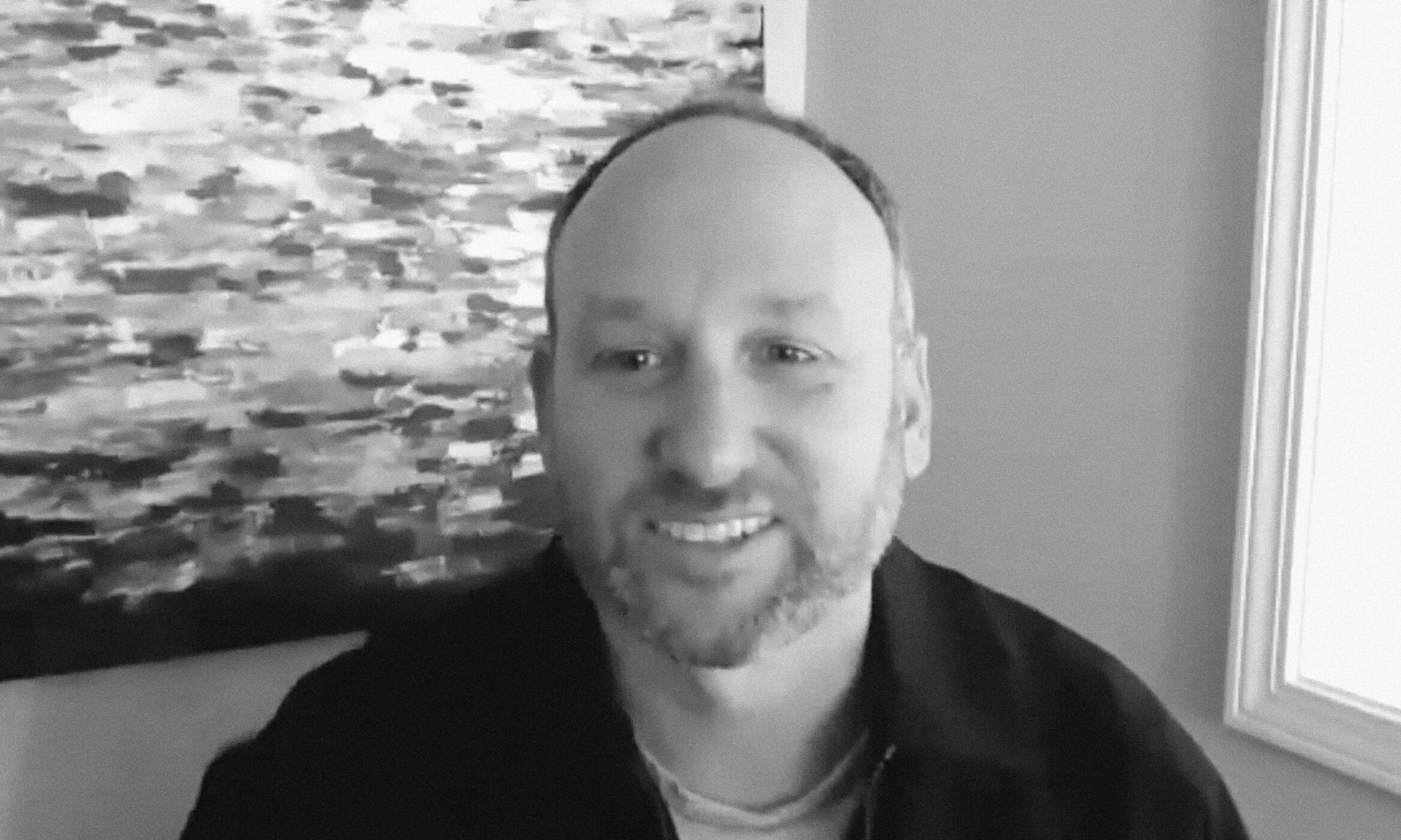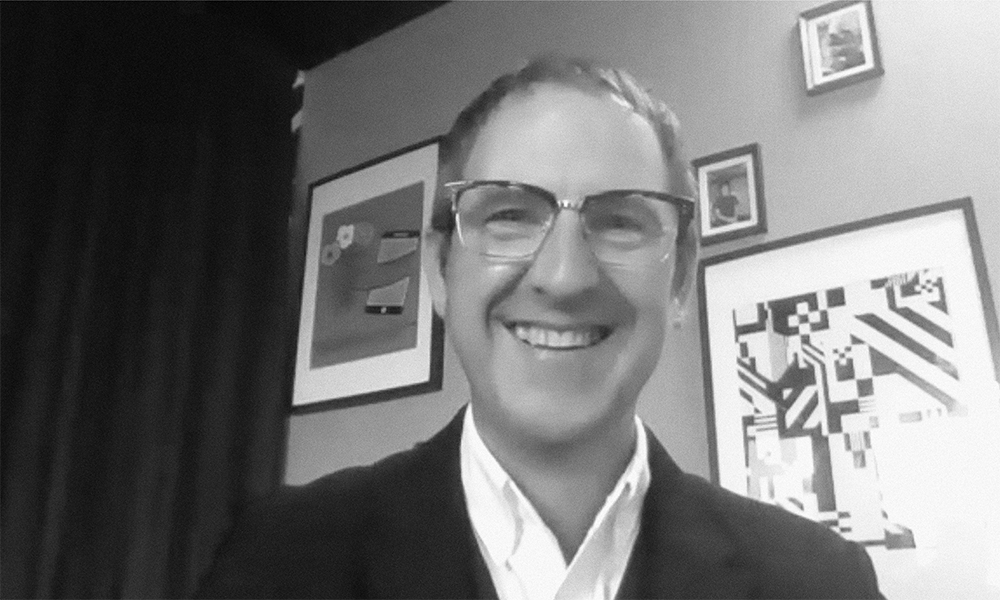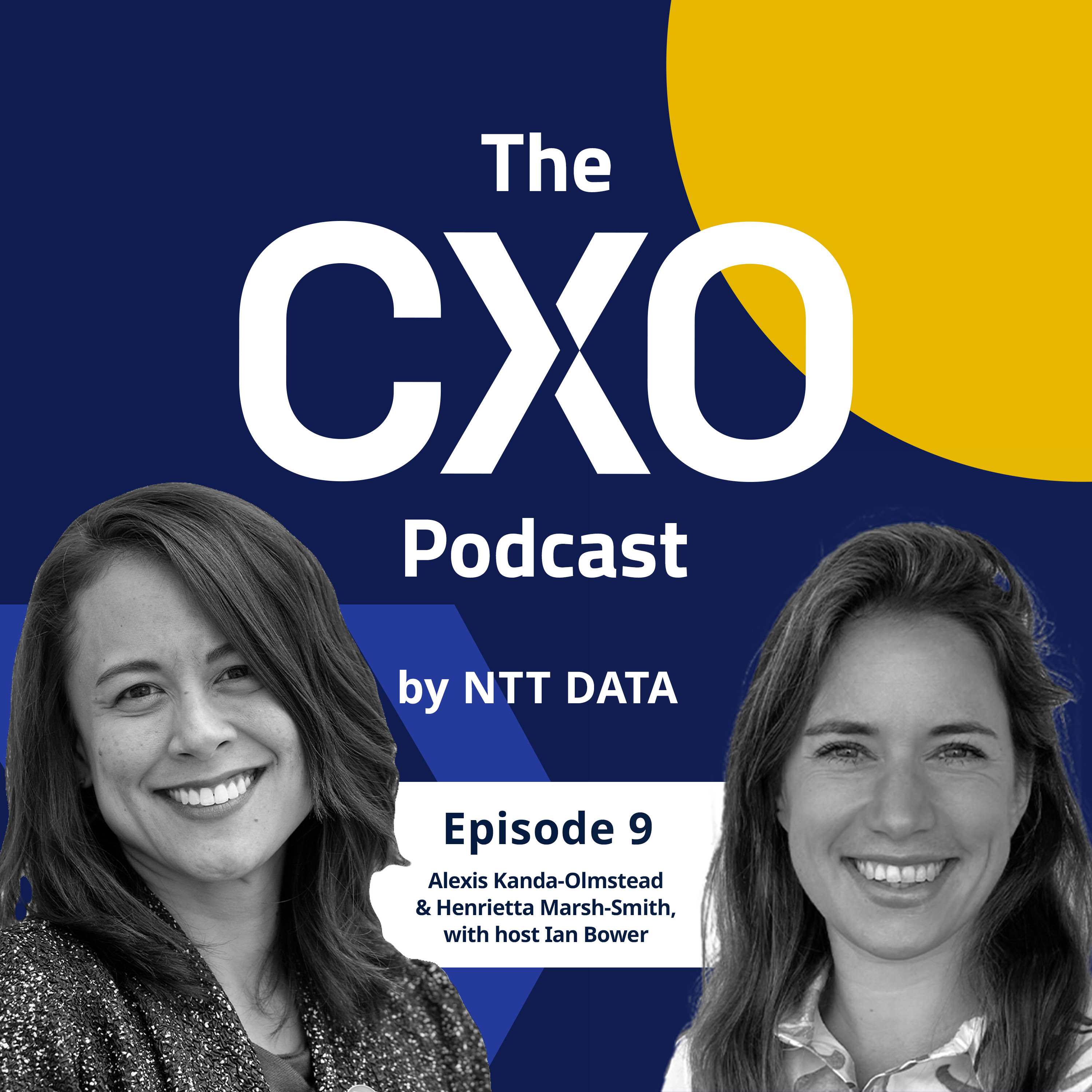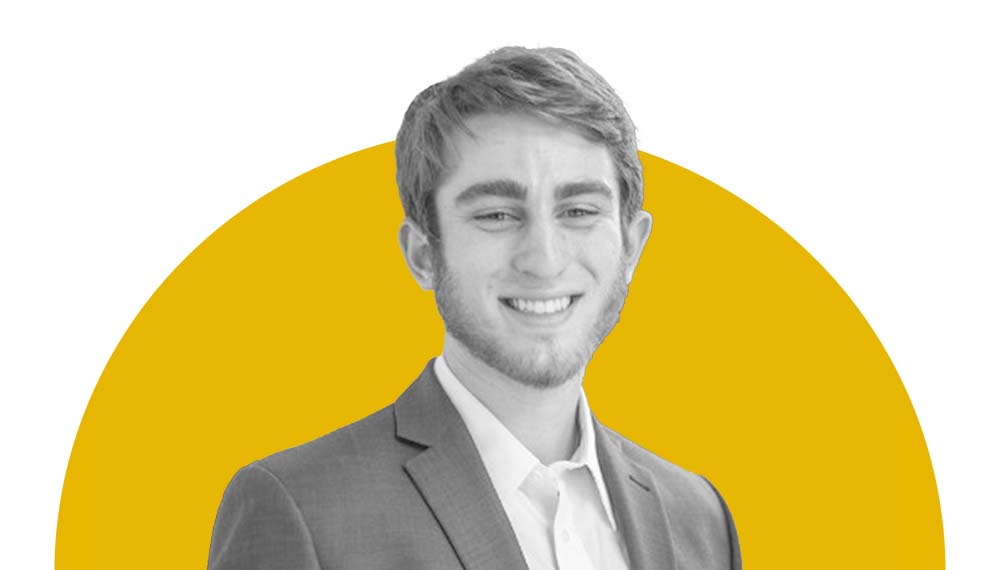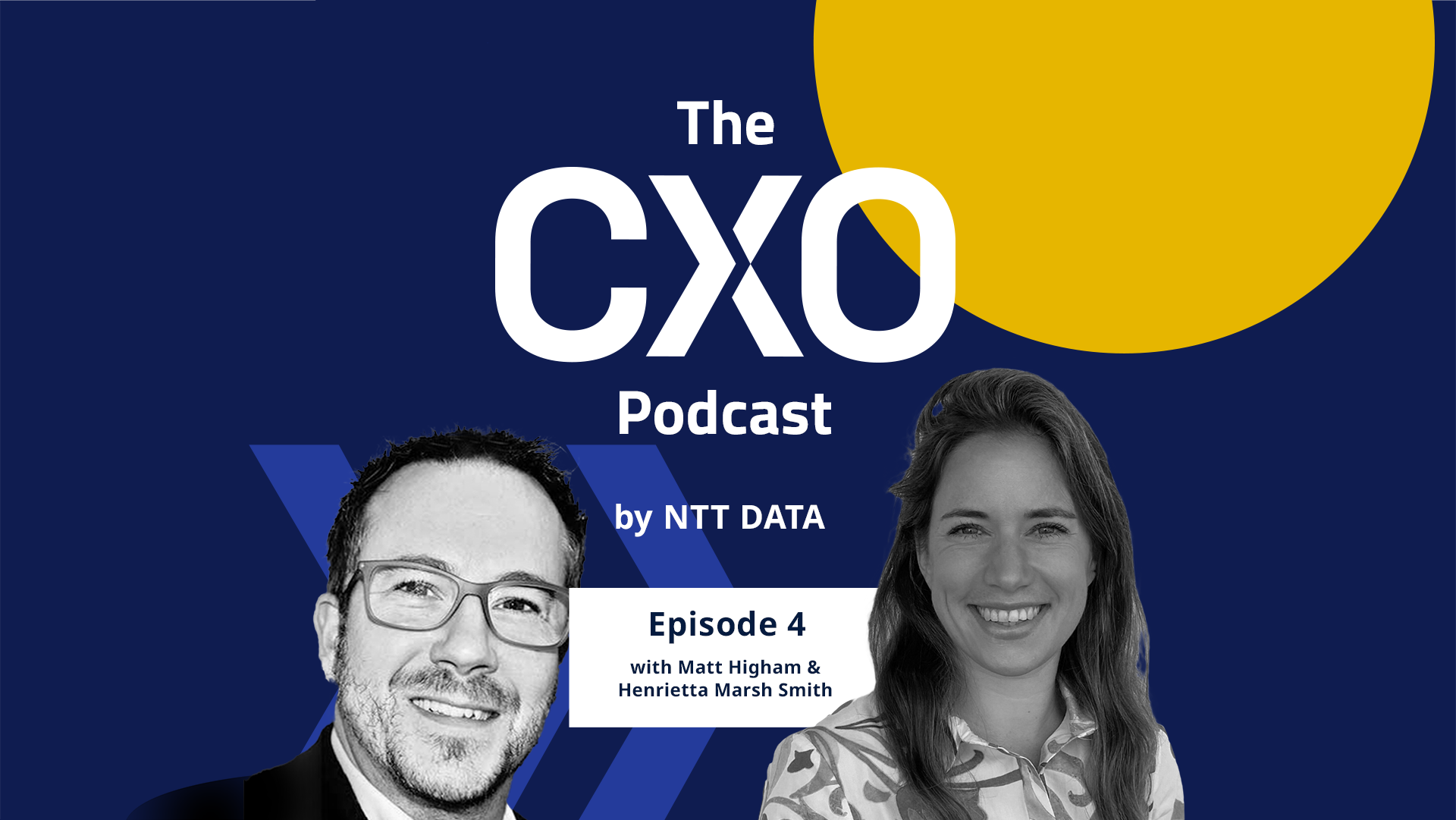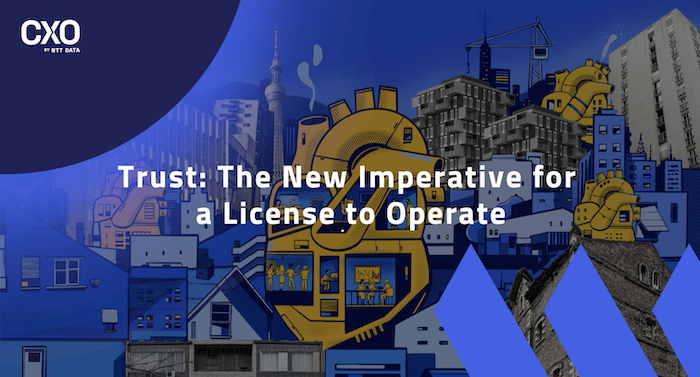I don’t believe any leader will reach his or her full potential unless they enable others to be their best. That’s why the best leaders are those who put people first.
It’s not always easy, as big events understandably shift the focus. Yet great leaders make sure people are never deprioritised. They put in a continuous, conscious effort to motivate and nurture each individual.
I have had the privilege of knowing and learning from leaders who have successfully achieved this by building a learning organisation, empowering the people and equipping them with the right tools.
Building a learning organisation
Creating a culture that encourages learning is key: cultures that welcome self-reflection, honesty and even vulnerability, where it’s okay to make mistakes, as long as we are on the right path.
It’s the fundamental principle of the Japanese philosophy of Kaizen, which translates as improvement (Kai = change; zen = for the better). It’s not something you can achieve in a workshop. Kaizen is a state of existence; it’s in the bloodstream of the organisation and in the way people operate.
The best leaders focus on what an individual needs and not what they need them to do.
A learning organisation challenges individuals to think, talk, and be so invested in the business that they want to mould and shape the way it works. You know you’ve achieved this culture when it becomes a part of the DNA of the organisation and an everyday conversation.
I saw this first hand recently when visiting a client in Oxford. The company philosophy is to “engage every single employee within an organisation” to provide a powerful alternative to a traditional approach.
Empowering the people
Employees are not just workers. If our focus is on people, then a holistic view of their self-development is needed. Jeff Olson’s book Slight Edge promotes a way of thinking that helps people make daily choices that will lead to success and happiness. He looks at all aspects, from work and business, to health and relationships, as each has an impact on the other.
When engaging with people in my team, none of these aspects are off the table. If someone wants to have a better Monday at work, then it could be achieved by having a better weekend. But how do you have a better weekend? Perhaps by leaving work on time on a Friday. When you put the effort into understanding the individual, you help to improve the whole person and that will directly impact their work.
The best leaders focus on what an individual needs and not what they need them to do.
Equip them with the right tools
Leaders know that people need the freedom to fail without it being held against them, to contribute ideas that won’t be shot down. Speaking at an NTT DATA executive forum, a CEO once highlighted his (what he calls) “f*** it fund”. He writes this off at the start of every financial year, giving people the opportunity to experiment without pressure.
I can also draw on all the brilliant things my team is doing. Continuous improvement is ingrained in our value creation framework – it’s something we genuinely aspire to.
Many organisations are already on the road to continuous learning. They may not call it Kaizen, but the principles are the same.
Leaders find ways for their people to be recognised amongst their peers, clients and within organisation. The results follow naturally.


